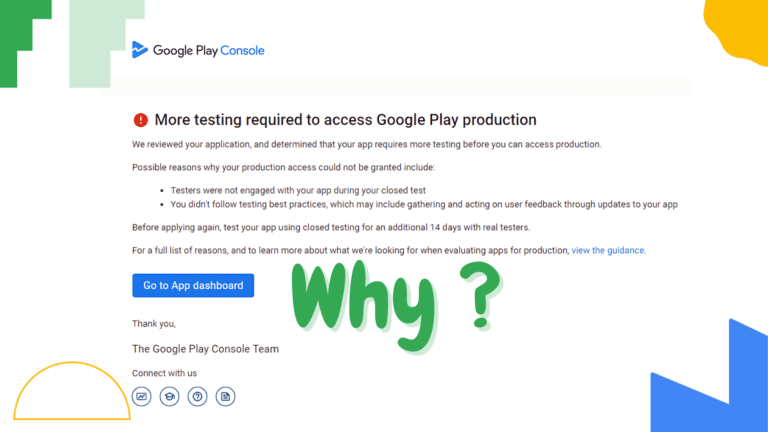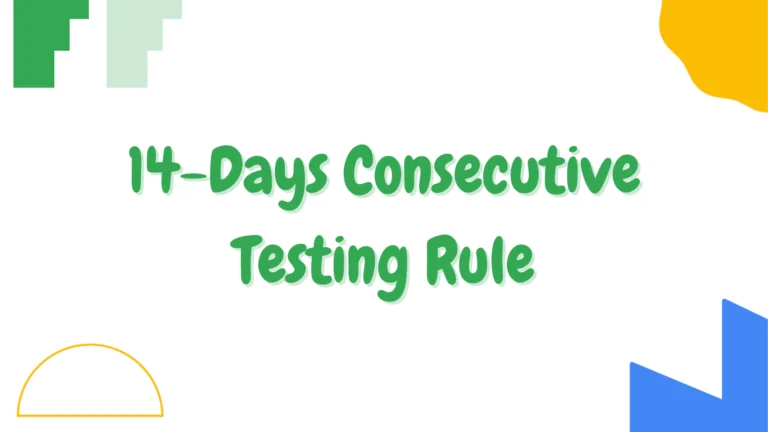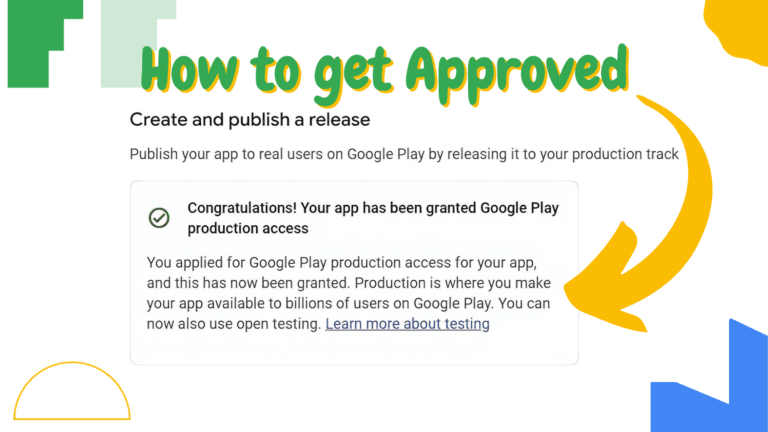How to Reduce App Uninstall Rate and Boost User Retention
Reduce app uninstall rate — it’s one of the biggest challenges app developers and marketers face today. In a crowded app marketplace, keeping users engaged and active is key to long-term success. If your app suffers from high uninstall rates, don’t worry. In this article, we’ll explore actionable strategies to help you keep users happy, reduce churn, and improve overall retention.
Why Users Uninstall Apps
Identifying the reasons behind app uninstalls is the starting point for solving the issue. Here are the most common reasons:
- Poor user experience (UX)
- Too many notifications
- Bugs or crashes
- Slow performance
- Lack of value or usefulness
- Privacy concerns

When users don’t find value quickly or face friction, they’ll simply delete the app and move on. Let’s look at how to change that.
1. Improve Onboarding to Reduce App Uninstall Rate
The first impression counts. When the onboarding process is unclear or too complex, users are more inclined to abandon the app.
Tips to Optimize Onboarding:
- Keep it short and clear
- Highlight the app’s core value early
- Offer tooltips or short tutorials
- Allow skipping optional steps
A smooth onboarding process sets the tone for a better user experience and helps reduce app uninstall rate significantly.
2. Deliver a Seamless User Experience (UX)
A beautiful UI is nothing without a great UX. Users expect speed, simplicity, and intuitive design.
Key UX Improvements:
- Fast load times
- Easy navigation
- Clean interface
- Responsive design
Test your app across devices and networks to ensure it performs well. Internal tools or third-party services can help you track usability metrics and spot trouble areas.
3. Personalize the User Journey
Personalization plays a major role in retention. If users feel the app understands them, they’re more likely to stay.
How to Personalize Effectively:
- Use behavior-based triggers
- Recommend content or features based on usage
- Send personalized notifications
- Offer dynamic onboarding for different user segments
According to Think with Google, personalized experiences can boost user retention by up to 30%.
4. Manage Notifications Smartly
Too many notifications? You’re heading for an uninstall.
Instead, focus on value-driven notifications that users want to receive.
Best Practices for Notifications:
- Make them timely and relevant
- Allow users to customize what they receive
- Avoid interrupting user activity
- Limit frequency
Smart push notifications encourage engagement, but they should never feel like spam.
5. Fix Bugs and Optimize Performance
Bugs and crashes are major uninstall triggers. Even a small issue can break trust.
Maintain a Reliable App:
- Regularly test and update the app
- Fix bugs as soon as they’re reported
- Optimize for performance and memory usage
Use tools like Firebase Crashlytics or Sentry to monitor app stability. External articles on debugging best practices can also provide helpful guidance.
6. Collect Feedback and Act on It
User feedback is gold. It tells you exactly what’s working—and what’s not.
Collect Feedback Through:
- In-app surveys
- App store reviews
- Social media listening
- Customer support tickets
Respond to feedback, especially the negative kind. It shows users you care and want to improve.
7. Add Gamification and Rewards
Gamification adds fun and keeps users engaged longer.
Examples of Gamification:
- Progress bars
- Badges or achievements
- Daily challenges
- Referral rewards
Adding a reward system encourages users to keep coming back, increasing retention and helping reduce app uninstall rate over time.
8. Keep Content Fresh and Relevant
Static content can get boring. Keep your app fresh by frequently adding new features, updated content, and timely promotions.
Let users know about updates via:
- In-app banners
- Email marketing
- App store release notes
This reinforces the app’s value and keeps users engaged long-term.
9. Track Metrics and Analyze User Behavior
You can’t improve what you don’t measure.
Important Metrics to Monitor:
- Retention rate (1-day, 7-day, 30-day)
- Churn rate
- Average session time
- User journey flow
Leverage analytics platforms such as Google Analytics for Firebase to gain insights into how users interact with your app. This will help you make data-driven improvements that truly reduce app uninstall rate.
10. Build a Community Around Your App
Users who build a sense of belonging within a community tend to remain more actively involved.
Create spaces for users to connect, such as:
- In-app forums or chat
- Social media groups
- Exclusive content for loyal users
Encouraging user interaction builds emotional investment and loyalty.
Final Thoughts
Reducing app uninstall rate is not about a single fix. It’s about creating a holistic experience that puts the user first — from onboarding to everyday usage.
Here’s a quick recap:
- Improve onboarding
- Focus on UX
- Personalize the journey
- Optimize notifications
- Fix bugs fast
- Listen to feedback
- Add rewards
- Keep content fresh
- Analyze behavior
- Build a community
By following these steps, you’ll boost user retention and create an app users love to keep.
Internal Resources
Explore more in-depth insights in our related posts:







